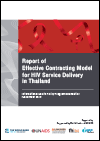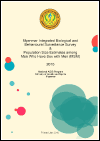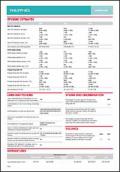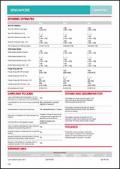Publications on Key Populations
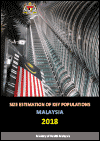
Malaysia has a matured and concentrated HIV epidemic with prevalence rates remain above 5% among key populations (KP) including person who inject drugs (PWID), female sex worker (FSW), transgender people (TG) and men having sex with men (MSM). Since the first case of HIV infection in the country was reported in 1986, a combination of efforts mainly focused on KP were implemented to reduce HIV infections nationwide.
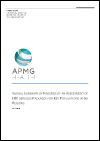
In 2017, key populations (KP) and their sexual partners accounted for approximately 40% of new HIV infections globally (UNAIDS, 2018). A range of policy and legal barriers and harmful social dynamics increase the HIV vulnerability of KP and undermine their access to HIV and other services. The criminalization of sex between men, sex work, drug use and HIV transmission, as well as high rates of incarceration, homophobia, trans phobia, violence and social marginalization, all serve to influence risk practices and undermine access to services.
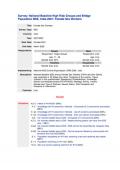
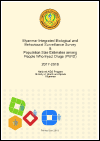
This report presents the results of the 2017-18 Integrated Biological and Behavioural Survey (IBBS), among people who inject drugs (PWID) in selected sites in Myanmar, including a formative assessment and population size estimations. A formative assessment was conducted in September 2017 in each site to inform the implementation of the IBBS. The assessment was conducted to assess the particulars of PWID populations in each setting, to provide information to tailor RDS and PSE methods and logistic approaches to the different PWID population and epidemic context.
